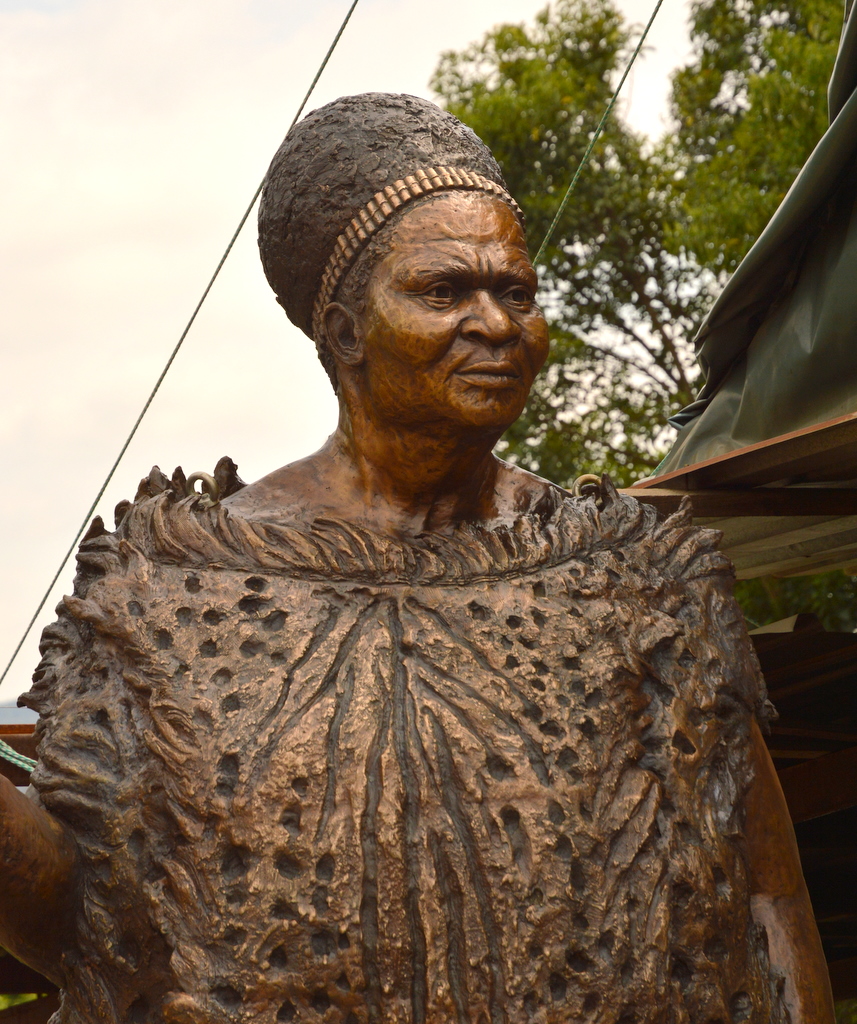Thapelo Mokoatsi
Founder and financier of Abantu Batho – Swazi Queen-Mother Labotsibeni Mdluli was a force to be reckoned with.
Queen Labotsibeni Mdluli was born in 1858 at eLuhlekweni northern Swaziland (now known as Eswatini) during the reign of King Mswati II who was in power for 25 years between 1840 and 1865. As fate would have it, she would rule the young Swaziland kingdom for 50 years.
Labotsibeni’s ascension to the throne was rather unusual. Firstly, Swati traditional laws did not allow a woman in her situation to rule, she had four children at that time. Secondly, her Mdluli clan was not next in line to rule Swaziland. But she defied the odds.
The daughter of Matsanjana Mdluli, whose brother was Chief Mvelase Mdluli, she was entrusted with bringing peace and stability in the wake of the political and social confusion the country faced. She was chosen because of “her outstanding intelligence, ability and character and experience”. This was groundbreaking for someone with no “formal education, her wisdom, her perception, her wit, and determination…”, states Thoko Ginindza, in her article titled Labotsibeni/Gwamile Mdluli: The Power Behind the Swazi Throne, 1875-1925.
This lioness, whose second name Gwamile, means the indomitable one, first took the reigns as the Queen Mother for nine years between 1890 and 1899 and later served her people as the Queen Regent for more than two decades, between 1899 and 1921. It was during this time that she became involved in the affairs of the South African Native National Congress (SANNC), later renamed the African National Congress. She founded and financed its communications organ, Abantu-Batho newspaper in 1912.

Sarah Richards Bronze sculpture of eSwatini Queen Regent Labotsibeni (Gwamile) Courtesy: Sarah Richards facebook page and www.sarahrichards.co.za
Her role in Abantu-Batho newspaper
Grant Christison, notes in his PhD thesis African Jerusalem: The Vision of Robert Grendon that Mweli-Skota, that the Swazi Queen-Regent Labotsibeni “was the founder of the Abantu-Batho…[it] was formed in 1912 on [her]… instruction, and under the direction of Dr. P ka I. Seme…”
In March 1914, in Tsala ea Batho, Sol Plaatje observed that Abantu-Batho was privileged to have a black financier because it had six sub-editors unlike other black-owned newspapers. Abantu-Batho came to be known as a publication that would raise the voice of the silenced African population in South Africa, a republic in which the oppressive regime was institutionalising landlessness, poverty in African people and oppression. Those were the pressing issues that gave the Queen-Regent many sleepless nights. Following Pixley ka Seme’s persuasive voice, Labotsibeni invested £3 000, a huge amount of money at the time.
“She remained in 1912 one of the wealthiest black women in South Africa,” notes Christison.
She offered the much-needed financial muscle to support SANNC activities. She was also a very astute entrepreneur who treated this exercise as a business decision to partner with Seme and company thus making her a shareholder and Seme a managing director of Abantu-Batho – a limited liability company. As an oralate stateswoman she understood the power of the printed word and ensured that Abantu-Batho staff members reported on bread and butter issues happening in Swaziland and other parts of southern Africa for the world to learn about beyond continental boundaries.
During the First World War, Queen Labotsibeni purchased an aircraft worth £1 000 for Britain in support of its war efforts. She insisted that the aircraft should carry her name in order to reflect and acknowledge the role played by women in the First World War.
The April 25 1918 issue of Abantu-Batho sang her praises in commending “Ndhlovukazi and the people of Swaziland for the loyalty and devotion to the British Crown”. According to Sarah Mkhonza’s book Queen Labotsibeni and Abantu-Batho.
When she passed on in 1925 there was a heavy rain that led to flood in some parts of South Africa and Swaziland. She was a rainmaker reputed to have said: “When I want water, I make the rain myself.”
First published in thejournalist.org on 21 February, 2017.
In collaboration with Mail and Guardian
![]()
Facebook: Mail & Guardian
Twitter: @mailandguardian
Instagram: @mailandguardian
LinkedIn: Mail & Guardian










